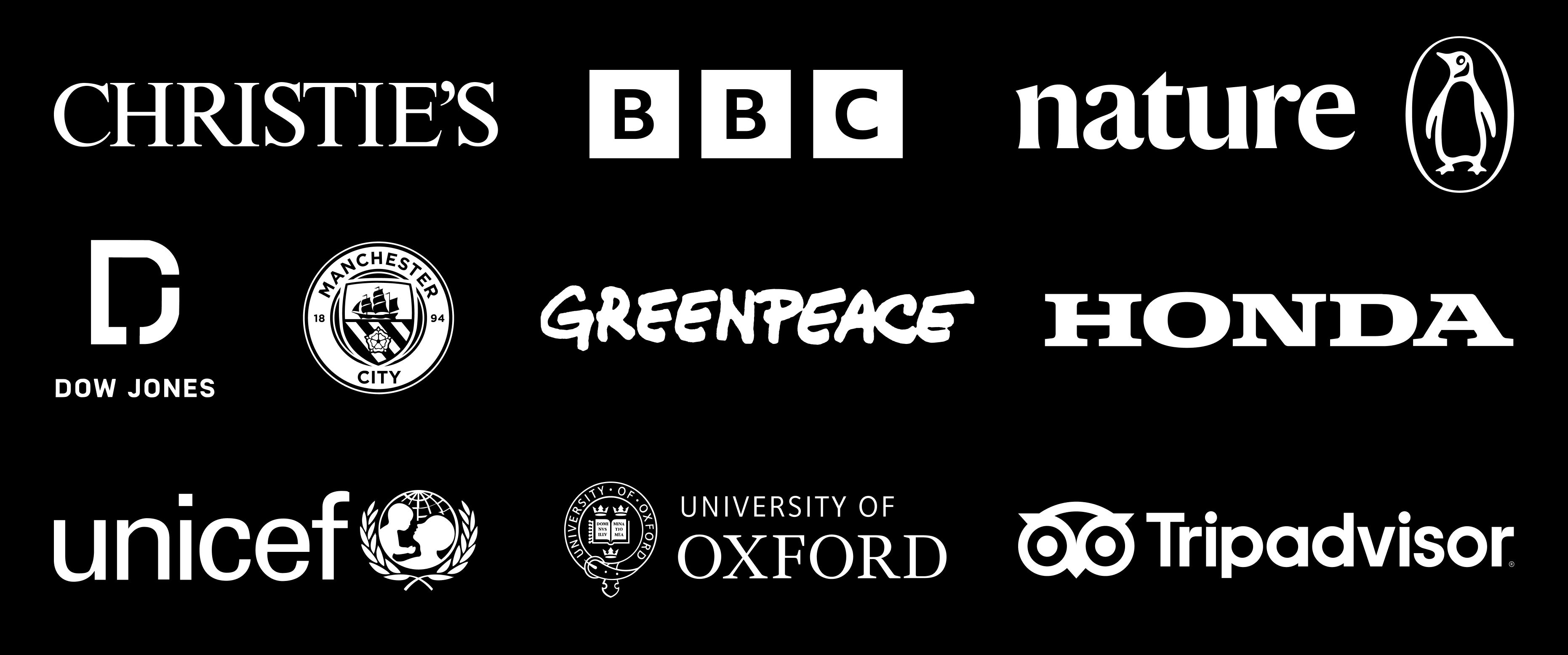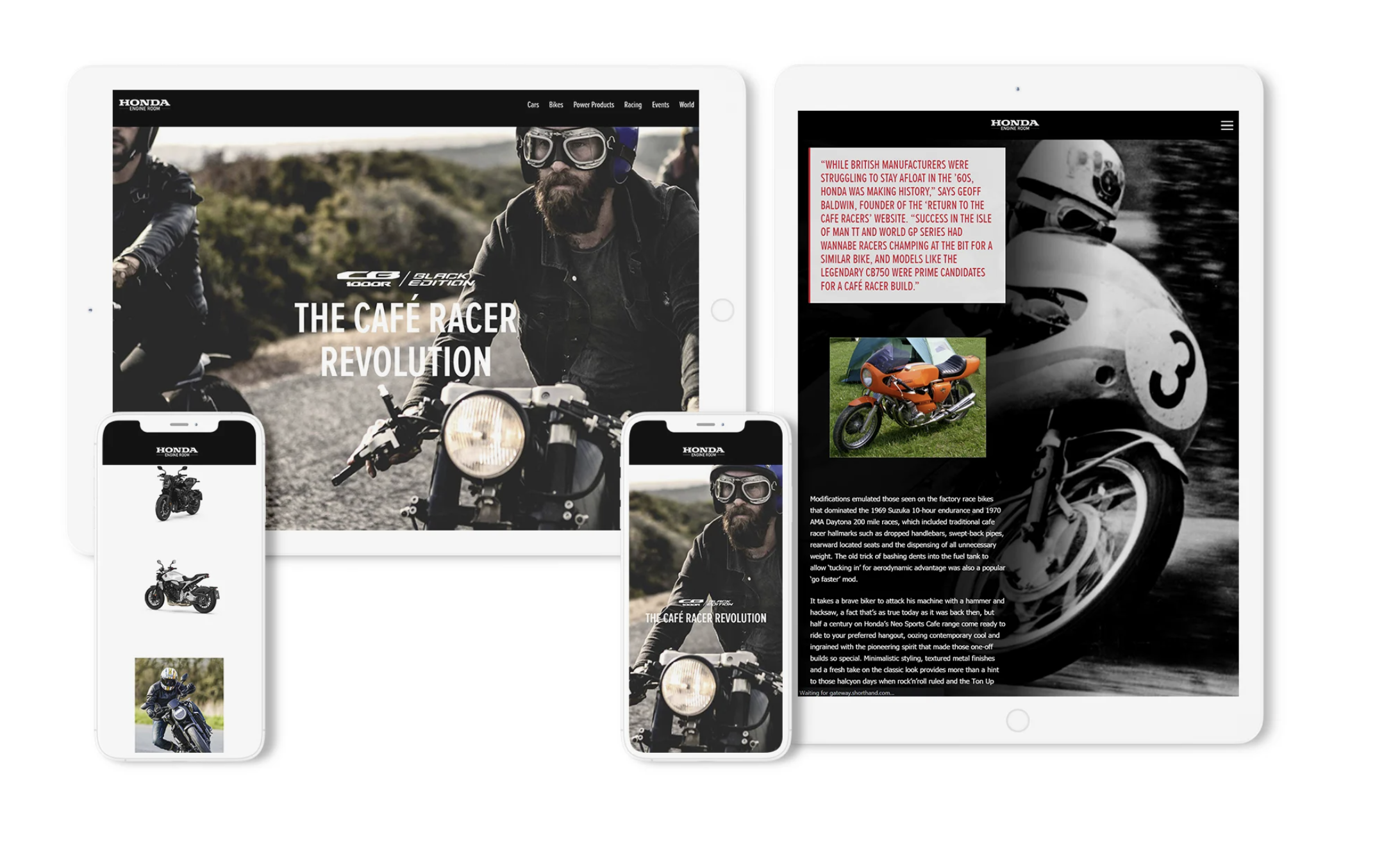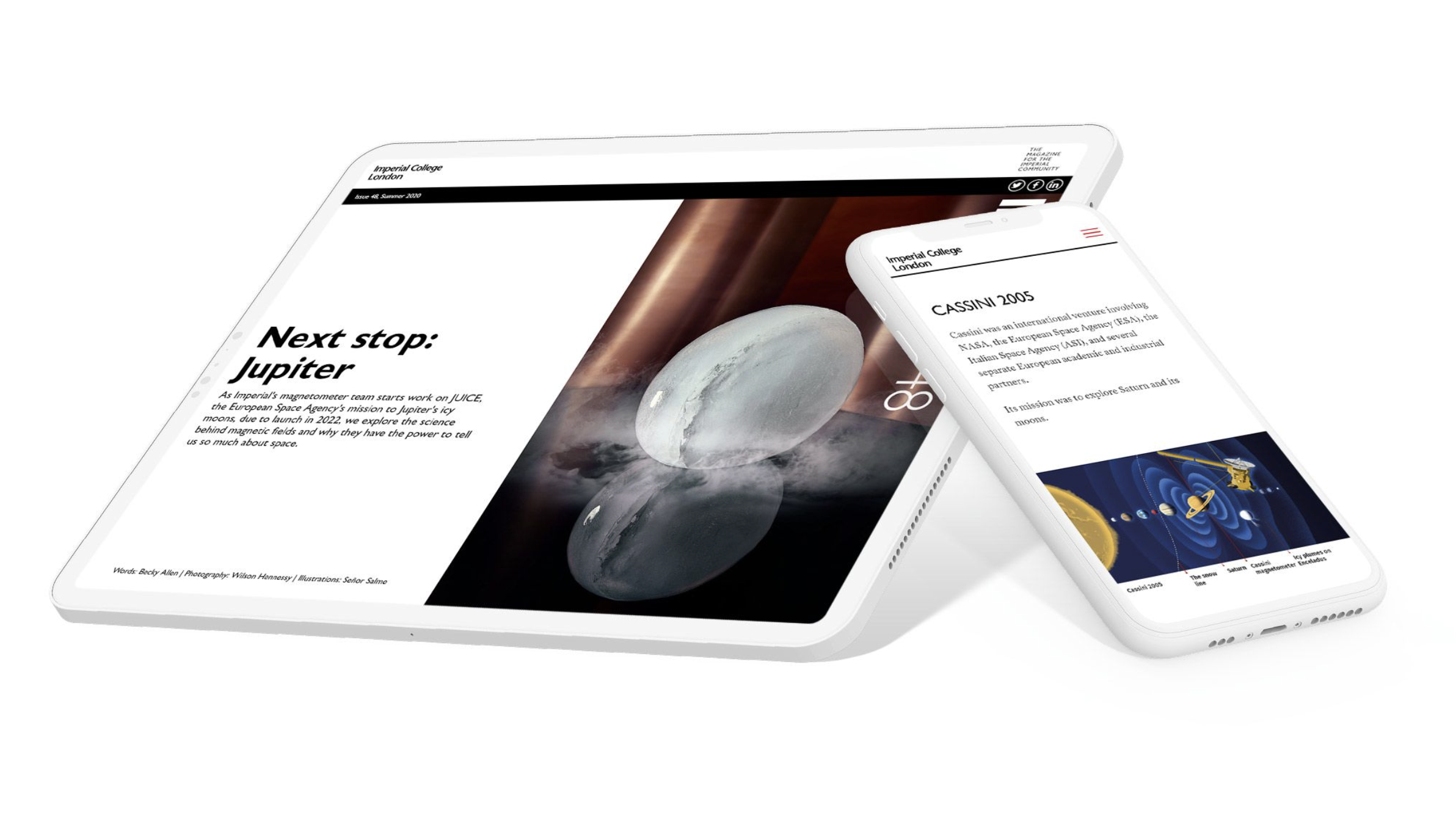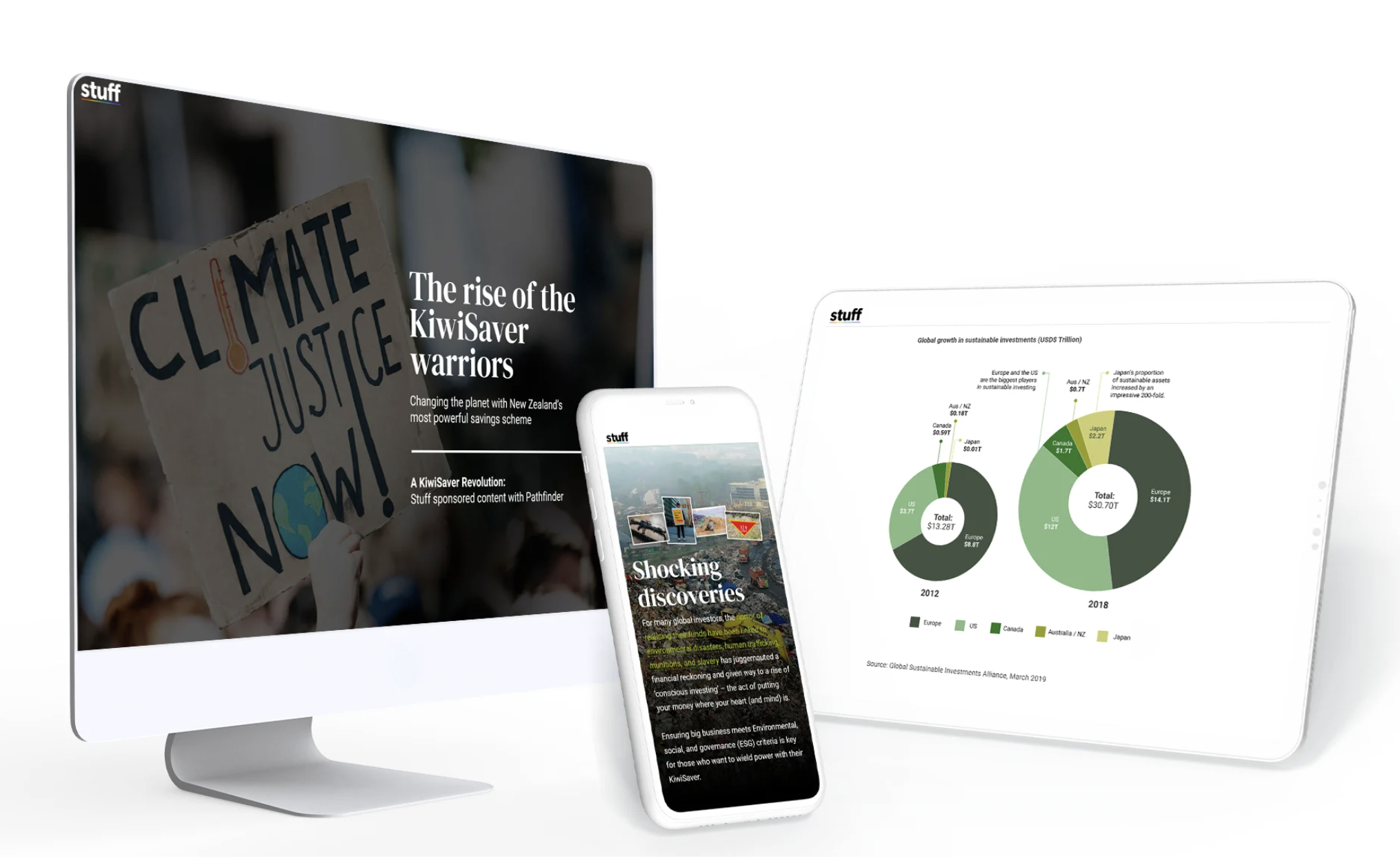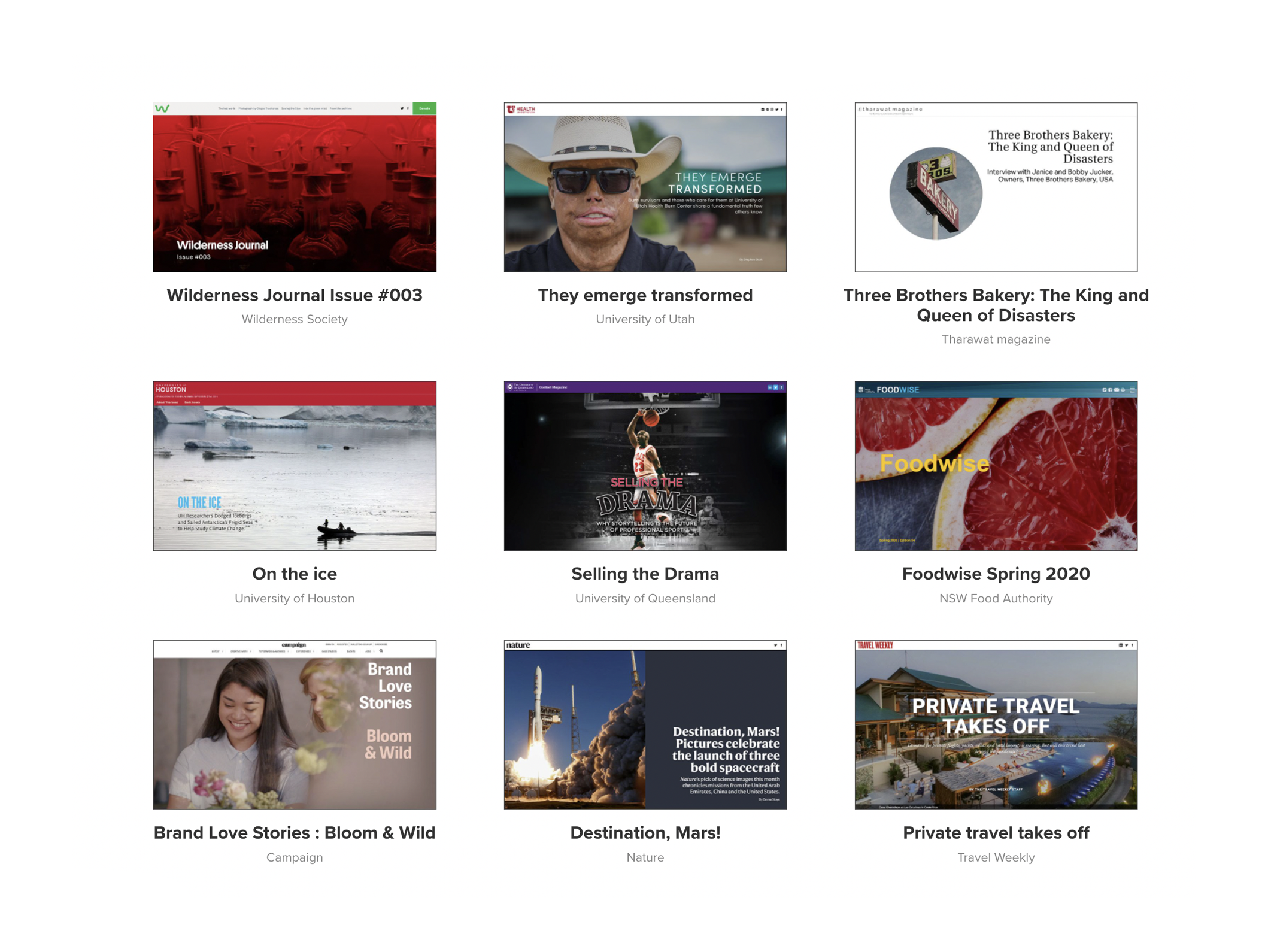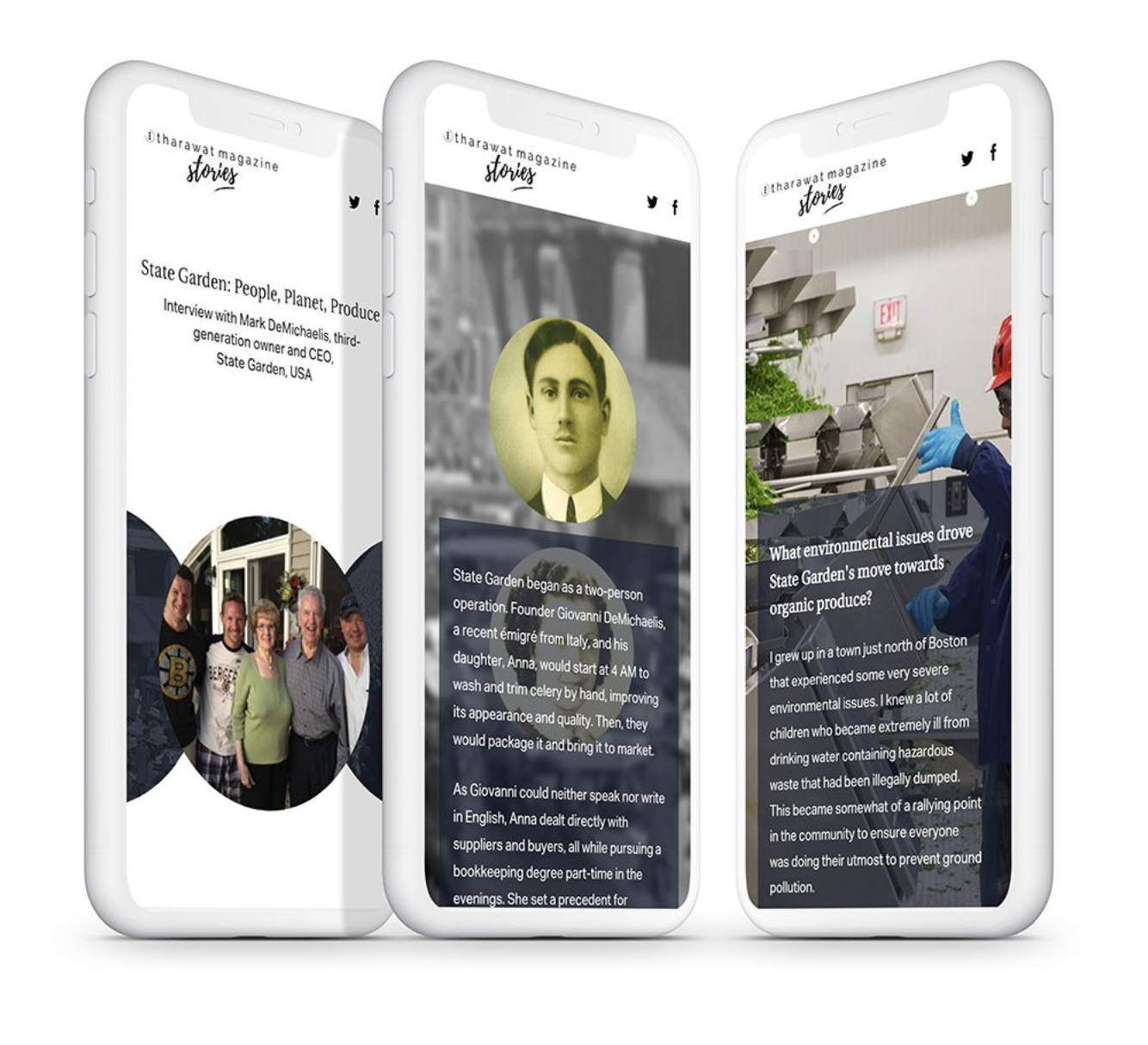How to choose a digital magazine platform

Planning to take a print magazine digital? Getting ready to launch completely new digital content? If so, you'll need to choose a digital magazine platform to create and host your content.
Your digital magazine platform should help you create a beautiful reading experience that keeps your audience’s attention. In this round-up of available formats and features, we explain how to attract the readership you want — while creating a publication you can be proud of.
We'll cover:
Start creating with Shorthand
It's the fastest way to publish beautifully engaging digital magazines, reports, internal comms, and more.
Loved by the world's most iconic brands
Loved by the world's most iconic brands
What is a digital magazine platform?
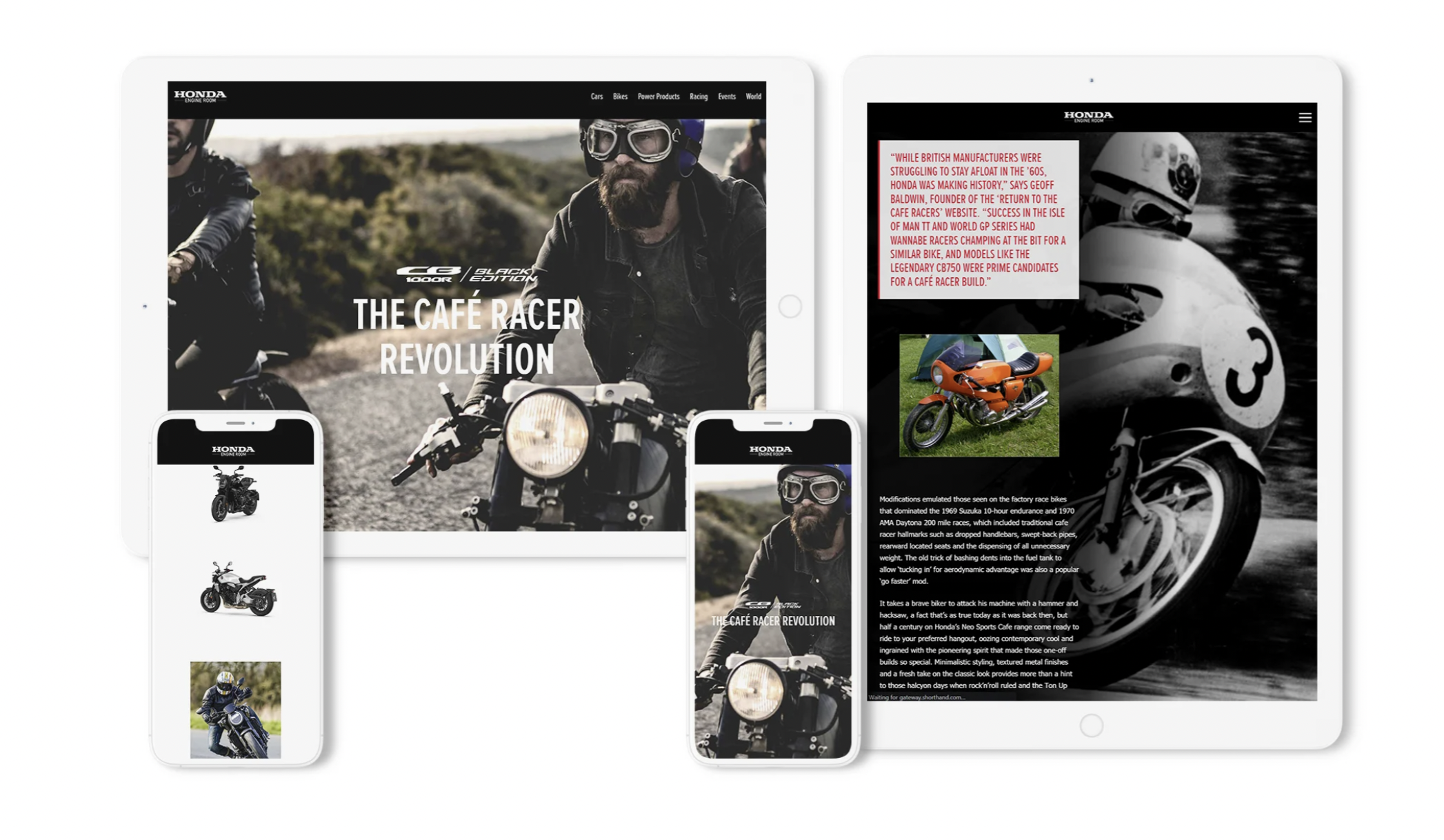
A digital magazine platform is software used by publishers to create high quality, immersive content in a digital format. In the past, most digital magazines — or e-magazines, as they used to be called — were produced as PDF files built with Adobe InDesign or difficult-to-use flipbooks.
With the rise of HTML5 and interactive web technologies, such as scrollytelling and visual storytelling, content teams and publishers now have many more platform options.
Magazines have historically been used to share in-depth feature stories, often covering specialist subjects or unique perspectives. Digital publishing has made that even easier: there’s no page limit on a digital magazine, and you can make the design as elaborate as you want.
The word 'digital' covers a multitude of sins, though. Digital magazine publishers have tried everything from CD-ROMs and PDFs to slideshows and mobile apps, testing different ways to put a printed page on the screen.
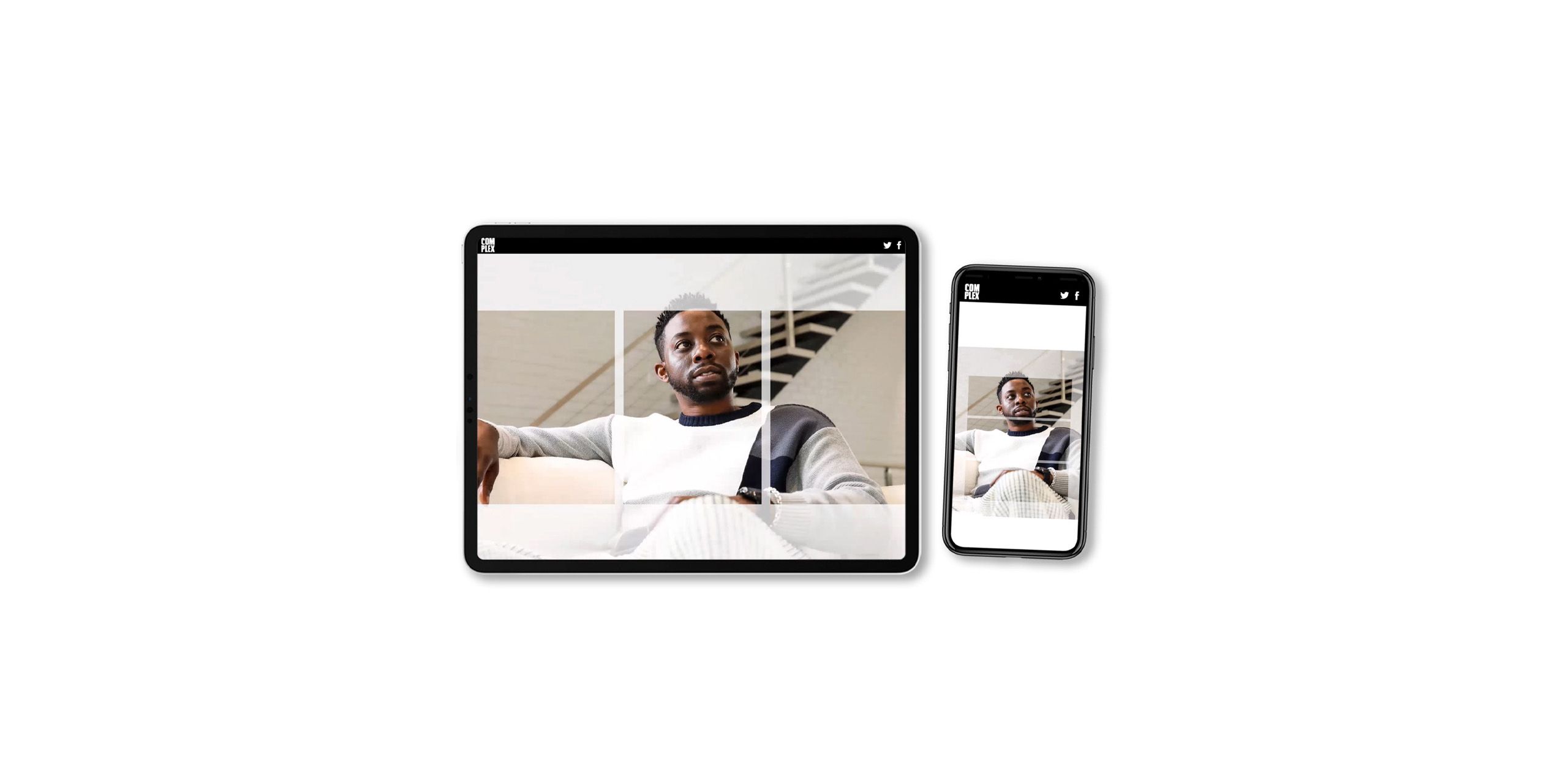
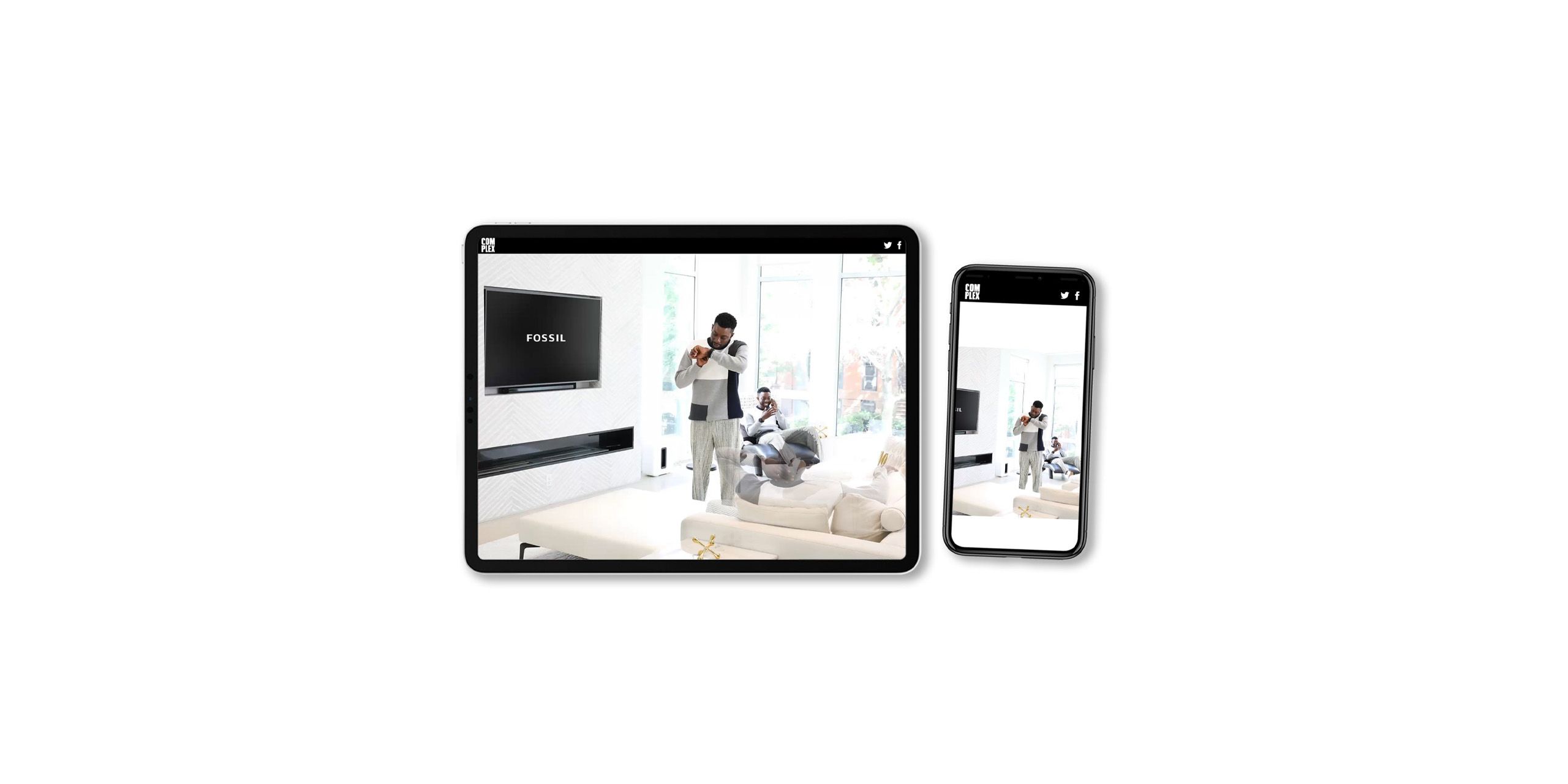
A new era of digital magazines

In this guide, we’re going to offer you a new approach to digital magazines. Digital publishing is different from print and it deserves respect in its own right.
First of all, there’s the content. We’re talking about magazines here, not short-form blog posts or technical documentation that has been hastily stacked together in one PDF. Reading a magazine is meant to be a luxurious, multimedia experience for the mind and senses.
Secondly, there’s the format. In the last couple of decades, publishers have increasingly looked to the internet for new readership, but they’ve struggled to find the right publishing medium for their magazines. That changes now.
Using the latest digital publishing platforms means that you can be bolder, more experimental and more effective at reaching a wide audience.
Why switch to digital magazine publishing?
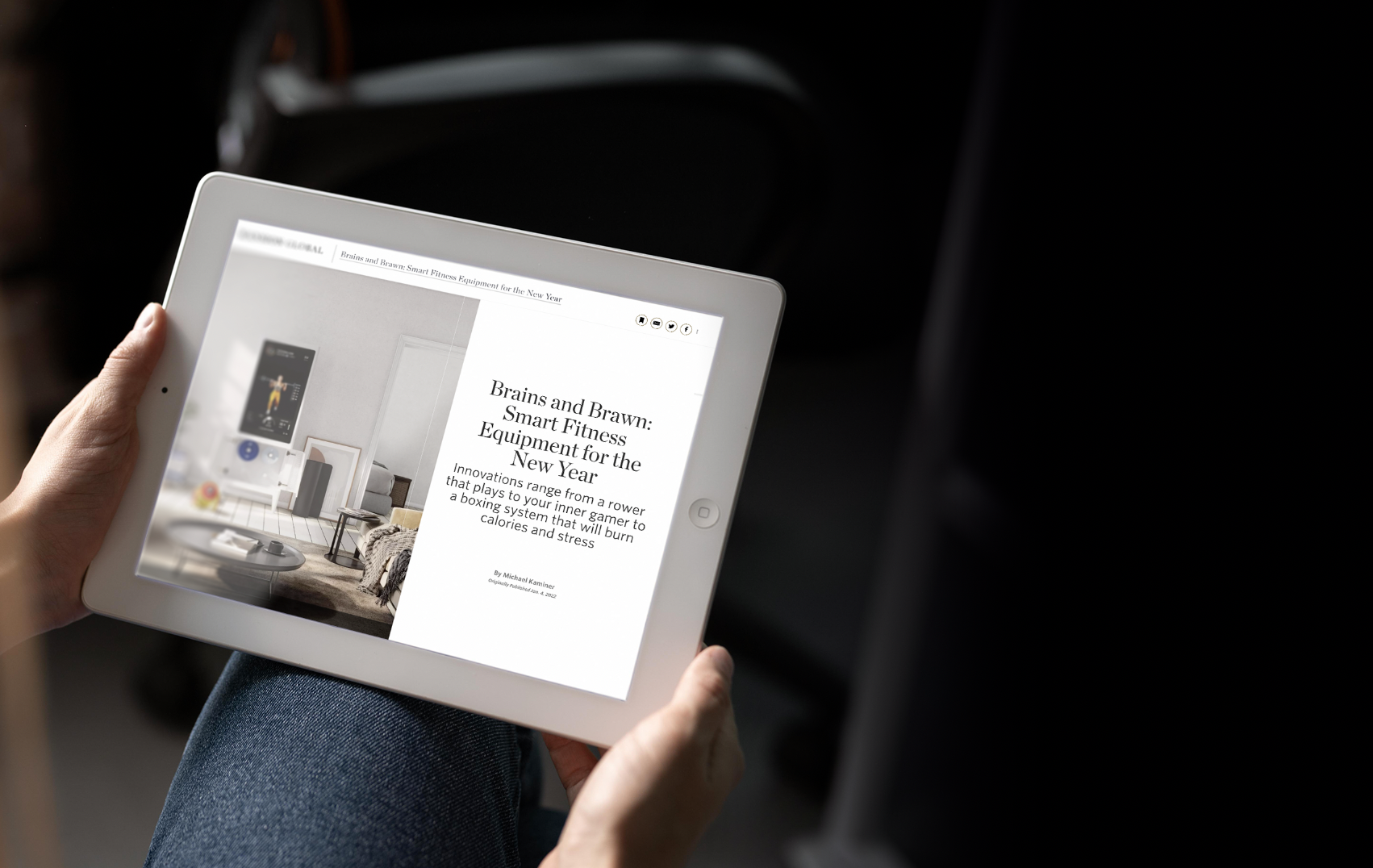
Digital magazine platforms are used for all kinds of content, from typical magazine content like feature stories to non-profit newsletters, catalogues, content marketing, major research announcements and brand storytelling.
But what brings newspapers, non-profits, universities and corporations together? They’re all seeing the same challenges to publication and finding the same solutions in digital magazines.
- Distribution. So you’ve made some great content. Now who’s going to see it? Print circulation is limited by logistics, while a digital magazine can be shared with an unlimited audience. Switching from print to digital is also a fast way to reduce costs.
- Creativity. Digital magazines don’t just reproduce print; they can go beyond it with more detail, interaction and information. You can open up new frontiers for your content with rich media and interactive magazine elements.
- Competition. Content is competitive. If you’re not publishing yet, your rivals will be. While you’re only publishing in print, they could be reaching thousands of readers online. The quality and presentation of your content has become key to brand differentiation.
- Monetisation. Digital publishing platforms mean that you can monetise your best work.
- Attention. It’s fashionable to talk about how the internet is destroying our attention spans and leading a race to the bottom on content quality. But digital storytelling bucks this trend, with its immersive, interactive content designed to sustain the attention of your audience.
Types of digital magazine publishing platforms

If you want to make a digital magazine, you have a lot of options for publishing and platforms. Let’s take a look at the pros and cons of the most popular digital magazine publishing solutions.
PDFs
At first, PDFs seemed like the answer to digital publishers’ dreams. A stable, fixed-format layout that you can send by email or make available as a download? Sounds great.
But the same features that made PDFs great have now become their greatest weakness. We think the PDF is in terminal decline. This file format simply doesn’t offer the flexibility, varied media and interactivity of modern publishing platforms. What’s more, it’s extremely difficult to monetise PDFs or measure their impact on your audience. They also have poor SEO, and generally offer a bad user experience on smaller devices.
Flipbooks
Also known as flippable or browsable PDFs, flipbooks build on the PDF format by being uniquely annoying to use on a mobile devices.
In them, PDF pages are laid out as a double-page spread. Users can click to flip through pages or zoom in and out. It looks more like an online magazine, but functionality is still relatively low.
Apps
When smartphones took off, many traditional magazine publishers experimented with their own iOS apps. And apps have a lot to offer as a publishing format: they look good, you can add loads of extra features and you can track how readers are responding to your content. And magazines apps are actually readable on iPads and phones. Content monetisation is also comparatively simple.
However, there are a few barriers which put apps out of reach for most digital magazine publishers. Apps are expensive to create and maintain. Plus you have to get approval from the Google Play, Android and/or Apple app stores… and then persuade readers to download the app. It’s a lot of hoops to jump through.
E-book magazines
E-readers such as the Kindle have also experimented with online magazine publishing. Like the ideal magazine platform, e-book readers are already interested in more in-depth content. And once you have your publishing set-up in place, it’s relatively quick to release an issue to your subscribers.
The only drawback to this format is its design limitations. Most e-readers are still in black and white. You can add links and images, but not animations or interactive media; responsive design is also harder to achieve.
CMS
If you value flexibility and easy access, then you’ll already be familiar with a Content Management System for online publishing, such as WordPress. It’s easy for creators to edit and publish content; it’s easy for their audience to read, comment and share. And it’s usually possible to track or even monetise your content to some extent using paywall integrations and plugins.
However, if you’re being picky — and as a magazine publisher, you should be — CMSs still have a couple of points against them when it comes to online magazines.
Most CMSs are set up for short, readable blog content. They’re built for search engine optimisation. But they're also difficult to customise, and they don't allow for truly immersive, interactive content without contracting an expensive developer.
Digital storytelling platforms
Digital magazines have the capacity to be so much more than just a reproduction of print editions. These days, the best digital publishing is truly immersive and interactive.
And, ideally, they can manage it without needing weeks of development or app approval processes. That’s where no-code, digital storytelling platforms come in.
They’re as simple as a CMS, as customisable as an app and as reliable as a PDF, lending themselves to everything from scientific research to annual reports, recipe collections to investigative journalism.
Typically, these platforms are built for writers and content teams, not primarily developers or designers. They have familiar drag-and-drop editors and allow you to embed third party content like charts and infographics.
Here's our wrap of the 10 best digital publishing platforms.
Want more inspiration? See some of our favourite examples of digital magazines.
10 features you need in a digital magazine platform

There are lots of different digital magazine providers and publishing platforms out there. And they offer a wide range of functionalities, from simply providing a download link for PDFs to a full, no-code content creation platform.
So while you’re whittling down your shortlist, here are 10 key features to look for in a digital magazine platform.
1. Digital first. Most people spend more time reading screens now than reading paper. A digital magazine isn’t an afterthought; it’s your main way of reaching an audience. Digital-first design will also help to make your content accessible.
2. Multimedia. Digital magazines include text, photos, illustrations, animations, videos, podcasts, links and even sound effects. Your digital publishing platform has to be able to include multimedia content.
3. Responsive design. The magazine should look good and work seamlessly, wherever and however people access it. Your publishing platform should offer responsive design as standard, including the ability to test your content on different devices and browsers.
4. Native animation. One of the biggest innovations in digital magazines is scrollytelling: native animations that are set off when a reader starts to scroll. Animations like this can delight and surprise viewers — and they’re associated with increased reading time and social media sharing.
5. Collaborative tools. It takes a lot of different skills to produce a magazine: design, writing, research, distribution, to name just a few. Your ideal digital magazine platform will include tools for collaborating, without charging exorbitant fees to add more users.
6. Flexible integrations. Every content team has its own tech stack. You need a platform that will work with whatever you’ve got going on, including your existing website and CMS. This is also a key point if you want to monetise your content or set up subscription plans.
7. On-brand templates. Whether or not you have a designer on board, templates can save a huge amount of time and effort. Look for platforms with a range of flexible templates and styles to suit your brand. Shorthand provides a growing library of fully customisable magazine templates — all completely free with the platform — to help you get started.
8. No-code (or code-optional). The goal of a publishing platform is to make your life easier. That means all the benefits of a digital publication, without having to hire a developer to create bespoke templates for each issue. (Of course, if you want to add a little extra customisation, that’s up to you!)
9. Visually immersive. Visuals aren’t just there to make writing look good. They also help readers to process and recall information, whether that comes in the form of diagrams, charts or illustrations. Visual storytelling is an intrinsic part of digital magazines and your publishing platform should be designed for it.
10. Support at every stage. Evaluate how easy it is to get started with a new platform. Does it offer training for your team? How fast are response times from customer support? What kind of feedback and advice can you get?
Test our digital magazine platform
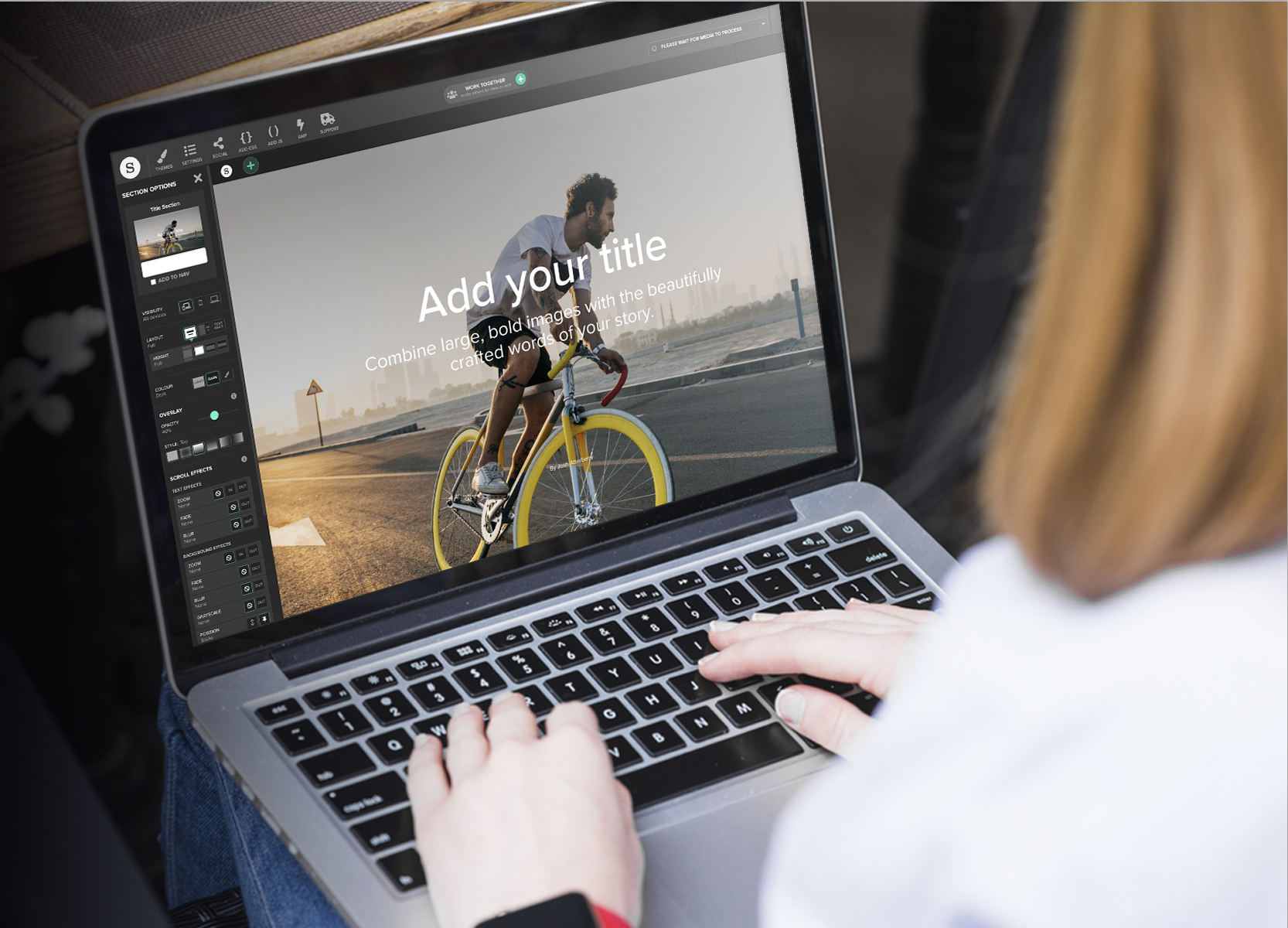
Let’s add an 11th point to that list of features: you want to test-drive your new digital magazine platform before you commit.
The best way to evaluate a publishing platform is to try it for yourself. Fortunately, we’re here to help. Build a standout magazine with Shorthand — start creating today with professionally designed templates to inspire your layout and content.





